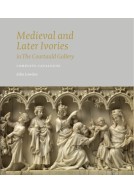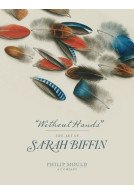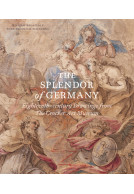Medieval and Later Ivories in the Courtauld Gallery (Hardback)
The Gambier Parry Collection
Series: Medieval Craftsmanship
Pages: 144
Illustrations: 90 Colour illustrations
ISBN: 9781907372605
Published: 3rd November 2013
(click here for international delivery rates)
Need a currency converter? Check XE.com for live rates
In 1966 Mark Gambier-Parry bequeathed to the Courtauld the art collection formed by his grandfather Thomas Gambier Parry (who died in 1888). Since then, of the 28 ivories in the collection, about half have been on permanent display at The Courtauld, yet they have remained largely unknown, even to experts. This scholarly catalogue, full of beautiful new photography, is the first publication dedicated solely to the collection. There are examples of the highest quality of ivory carving, both secular and religious in content, and a number of the objects are of outstanding interest. The earliest objects date from the late 11th century.In his introductory essay, John Lowden discusses the sourcing and use of ivory in art from late Antiquity to the Modern period, comparing the properties of walrus, narwhal, African elephant and Indian elephant tusks. He examines the problems in the modern day study of medieval ivories - the principal problems being the extraordinary reticence of the sources and almost entire lack of inscriptions - and the questions of authenticity raised by copies and casts and radiocarbon dating.The ivories are a revealing tribute to the perceptive eye of Thomas Gambier Parry, a distinguished Victorian collector and Gothic Revival artist responsible for a number of richly painted church interiors in England, such as the Eastern part of the nave ceiling and the octagon at Ely Cathedral. Alexandra Gerstein introduces the Gambier Parry as a collector, not only of ivories but of Trecento and Quattrocento paintings - the area for which he is best known to day - and of 'curiosities', including 16th-century Italian maiolica, marriage chests (cassoni), medieval and Renaissance enamels, Islamic metalwork, and other decorative arts.















